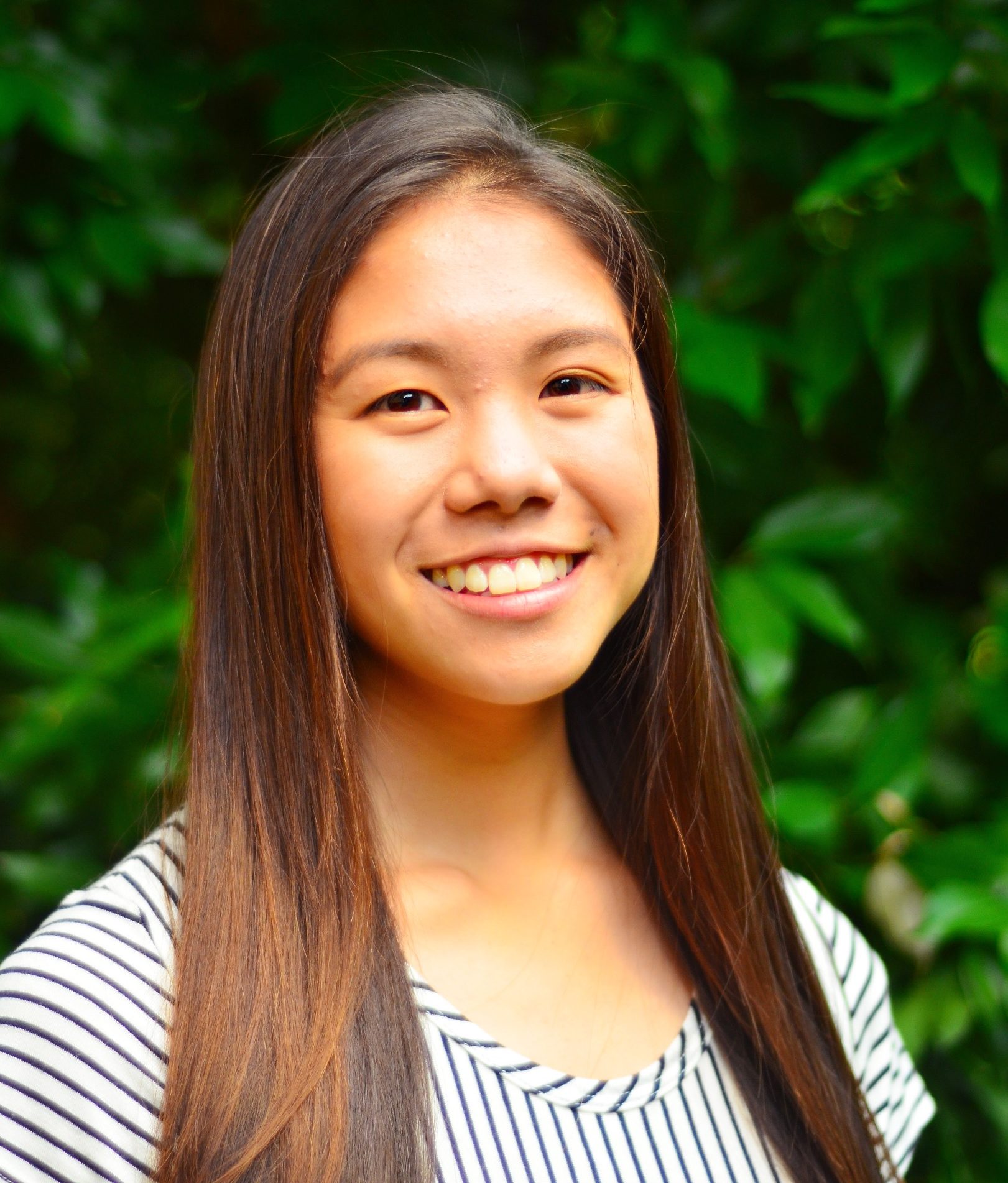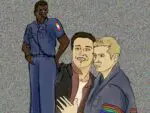As more and more of our world wakes up to the need for diversity in the stories we consume, it’s becoming commonplace for authors to include underrepresented minorities in their novels — especially highlighting groups that they don’t personally identify with. Through each new inclusive book, readers get the opportunity to learn about, appreciate and maybe empathize with characters from minority groups they’ve never interacted with.
But while many of the authors mean well, reader review communities like Goodreads are speaking up to encourage them to do better.
The Origin of #OwnVoices
The push for more diversity in the books we love is nothing new, but one pillar of the movement has come about in recent years: the OwnVoices campaign, which took off in 2015 with a tweet by Corinne Duyvis. As a bisexual author with a disability, Duyvis wanted to highlight diverse authors, not just diverse books. So she created the #ownvoices hashtag as a way to recommend books whose authors shared a marginalized identity — from disability to race to socioeconomic status — with their protagonists.
Within months, the movement rapidly gained traction as others spoke out in support of the hashtag and the idea behind it. Goodreads users created lists of OwnVoices books to read (which are still updated now); others participated in OwnVoices reading challenges. Many readers expressed that they’d seen authors try to compensate for a lack of personal experience with marginalization by rehashing tired, and sometimes harmful, stereotypes — and it was often the same ones.
Not only do the stereotypes sometimes perpetuate false, demeaning notions about marginalized groups, they also don’t leave any room for varying experiences within the groups themselves. Susie Rodarme, a writer with autism, gave a pertinent example of this phenomenon using books with autistic characters: They only focused on the most familiar behavior patterns for people on the spectrum.
“It’s true that those characteristics are accurate to people with autism, but they’re also individual to all autistic people,” Rodarme wrote of one recent book’s too-polished, too-educational portrayal of autism. “I felt infantilized. I felt reduced to stereotypes, even if kindly. I didn’t feel like a person anymore after reading it.”
Rodarme, and many other readers, felt that it was invaluable for authors to have personal experience with a marginalized identity when writing about it. “It’s not enough to have the same group of primarily white, cis, hetero, able-bodied authors writing more diversely; even with good intentions, they may not get it right.”
Rethinking Author Inclusivity (or Unprecedented Exclusivity?)
But as can tend to happen with good ideas when they pick up speed, the momentum of the OwnVoices movement soon carried it beyond the bounds of its original intentions, resulting in negative, exclusive repercussions. Many authors, including those of minority groups, had to cancel their book releases because they were accused of not being OwnVoices enough. Other publishers pressured minority authors to stick to writing “issue books” that focused on the oppression or injustice within their own experience.
Various individuals began to point out the hidden superiority and unproductivity that fueled the exclusiveness. Many readers now support the idea of authors writing about underrepresented groups that they don’t personally identify with, granting them the assumption that nuanced, true, kind stories can come from anybody.
Now that every author can construct characters and storylines that include diverse minority experiences without fear of censure, the ever-complex challenge is to steward that privilege well: to be true to the groups you’re portraying and develop them as more than just politically-progressive add-ons. OwnVoices authors, even while they are better equipped to write sensitive, complete, down-to-earth characters and plots, still must take care to fully honor their protagonists’ minority backgrounds or experiences while also retaining their humanity.
Accountability From the OwnVoices Reader Community
There’s no one better fit to gauge each book’s success at this endeavor than the people that lived through it. Readers of minority cultures and experiences — OwnVoices readers, if you will — have a unique ability to ensure that authors are wielding their words well. As they share common ground with the main characters, the readers can provide feedback on just how heedfully the authors (OwnVoices or not) are representing their demographics.
Review communities like Goodreads and BookTube are giving them a platform to share their thoughts.
Here, anyone’s personal opinion can blow up and accrue enough likes to get buoyed up to the top of the list, where perusing readers can encounter it first. The system amplifies the voices of insightful readers who are personally familiar with the culture, life experiences or people group.
The free speech on these platforms demands continual improvement. Including new demographics is good, but it’s only scratching the surface of the diversity within each.
These days, it’s expected that authors who don’t fall into the OwnVoices category do at least some research on the people they’re writing about, and thanks to the internet and editors, factual errors have little hope of making it into print. Readers’ new rallying cry is no longer for more representation for minority groups or for more accurate portrayals of those demographics (although that is still an issue) — the overwhelming cry is for underrepresented characters to receive more in-depth exploration, richer character development and more centrality in the overall storyline.
This was the cry of a reviewer who commented on a recent young adult release called “Yes No Maybe So.” “I’m just so tired of popular media pushing One Narrative for muslims,” she wrote. “[T]he one where Muslim girls change their identity and beliefs in order to please or be with a white boy.”
Not only was the Muslim Pakistani female protagonist made to abandon her beliefs by the end of the novel, her two identities as Pakistani and Muslim were not given the depth and detail they deserved. As she was presumably Muslim herself, the reviewer went on to explain questionable omissions, such as how the protagonist didn’t engage in many typical Ramadan practices and had strikingly few Muslim friends outside of her family.
“Because this book was trying to do TOO MANY things and Represent TOO MANY people, it lacked on both aspects,” she wrote. “And I personally feel like if you can’t manage both, then it’s better to just handle one of those identities and give it the weight it deserves.” Cramming more diversity into one book for diversity’s sake, it seems, isn’t necessarily the best approach.
Another reviewer shared similar thoughts in her response to the 2017 novel “When Dimple Met Rishi.” She was disappointed to find that certain cultural elements were so poorly incorporated into the plot that they felt like an afterthought. For instance, Bollywood dancing in the middle of a big tech event “felt thrown in as a token Indian experience rather than being necessary to the plot.” And although the author tried to depart from certain unhelpful cultural tropes, it still fell back on others — like the idea that all Indian parents force their kids into the same traditional career paths.
The author, well-meaning as she may have been, simply didn’t commit to a full-bodied portrayal of the subjects she chose to highlight.
One comment on the 2015 release “More Happy Than Not” says it all. Reviewer Emily May called the novel, which covers homophobia, suicide and depression, “one of the most diverse books I’ve ever read. And, unlike other books that try to do many things at once, all the many themes are executed well.”
Readers want books that not only center diverse characters but also do justice to the sensitive or underexplored topics that they touch — and honor the groups whose experiences they seek to highlight.
Representation With Every Reader in Mind
By sounding off on exactly how they’d like to see authors and stories improve, the diverse OwnVoices reviewers are shifting the very idea of who the mainstream audience is. No longer are authors writing for the typical white, able-bodied, mentally sound American, and by extension, no longer should authors primarily aim to dumb or water down the minority experience.
Minority portrayal doesn’t always need to be tweaked until it meets a certain standard of what is palatable, interesting or educational for those to whom it is foreign — they aren’t the only ones aching to get to know your underrepresented characters. Readers are hungry for more than the bare minimum, and tacking on a minority identity like a bow is no longer a satisfactory tactic.
Successful representation can take many forms and come from any writer, but when sitting down to craft a story, authors must expand their ideal reader to include all the different minority readers out there whose full, true stories have yet to be told.
















